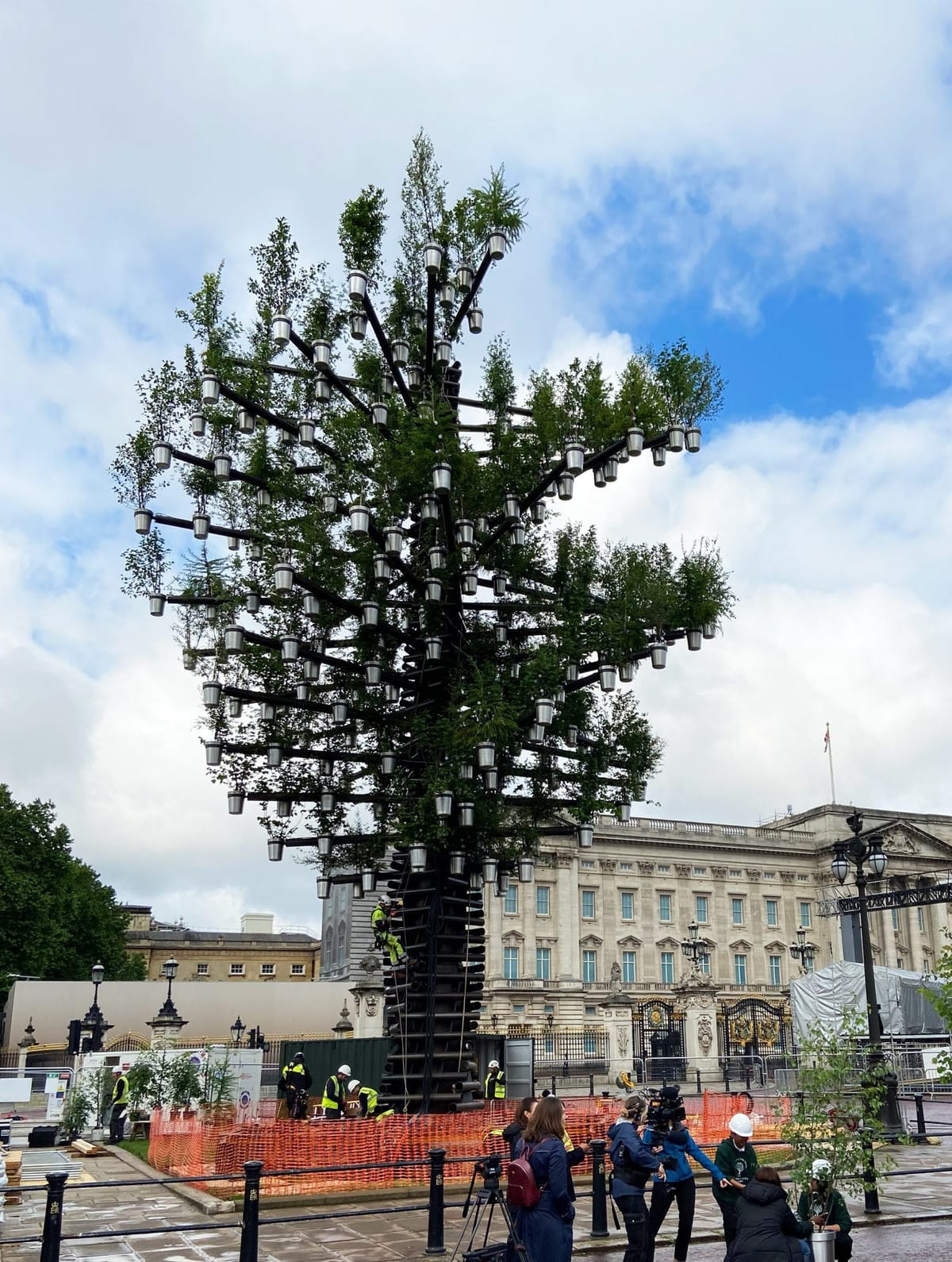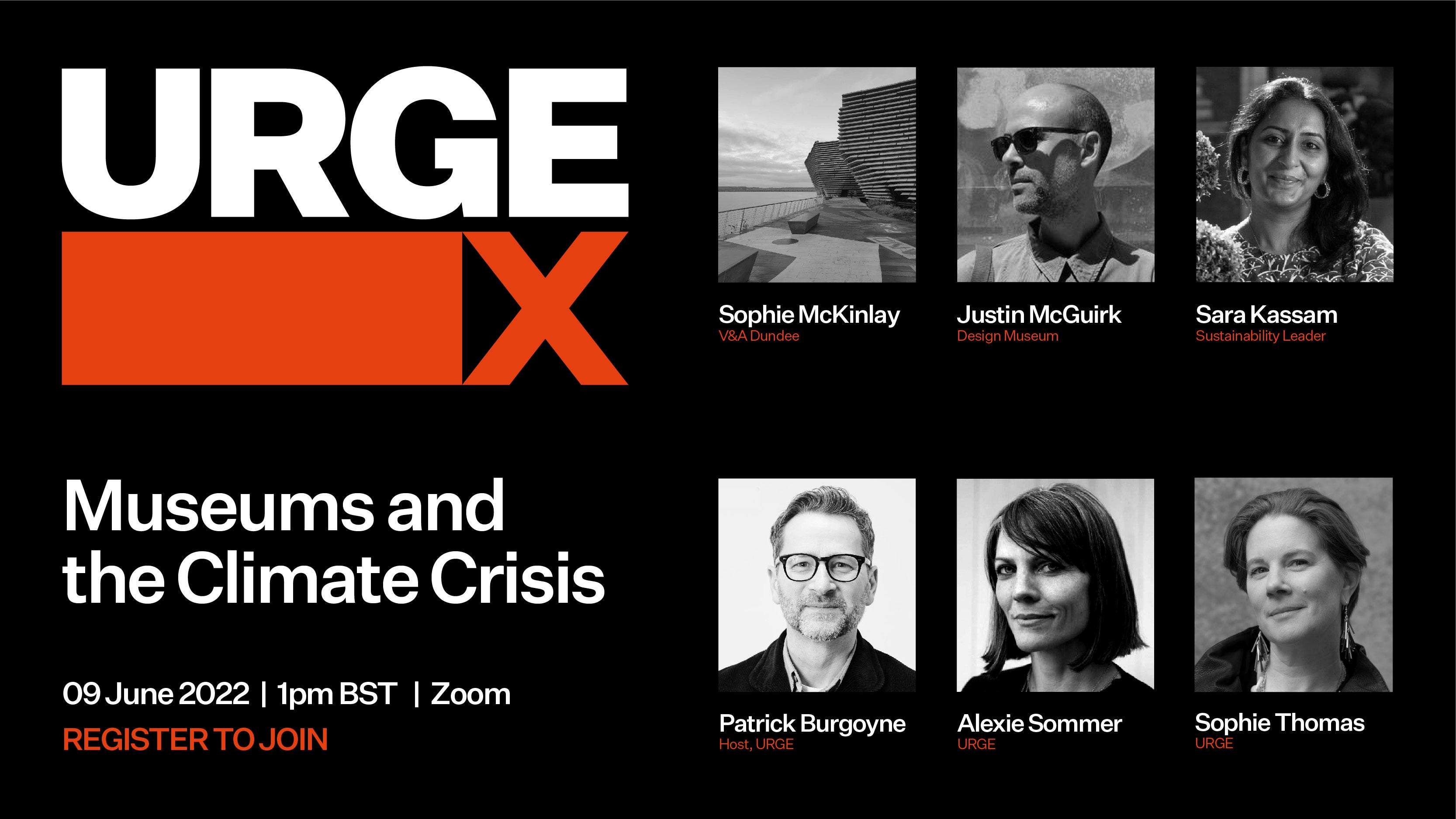
Dezeen reports on Thomas Heatherwick’s Tree of Trees, a sculpture featuring 350 different trees, erected outside Buckingham Palace as part of the Queen’s Platinum Jubilee. The 21-metre-high work was designed to publicise a tree-planting campaign to mark the Jubilee. More here (including overwhelmingly negative comments from Dezeen readers!)
Dezeen has also reported on what is being billed as the "world's most environmentally-friendly furniture factory”. Designed by BIG for outdoor furniture maker Vestre, the Passivhaus factory sits in 300 acres of woodland in Norway. The 7,000-square-metre factory is made mostly from wood and stores 1,400 tons of carbon dioxide in its structure. More here
At last week’s 27th Biennial of Design, Ljubljana, URGE’s Sophie Thomas joined Graciela Melitsko Thornton of Julie's Bicycle, Jana Babšek and Alenka Černelič Krošelj of ICOM and BIO27’s Anja Radović to discuss international best practice in sustainable cultural production. Watch the session here (from 31 minutes in)

Sophie will be further exploring the topic at URGE-X’s first, free online session on June 9 at 1pm UK time. Museums and the Climate Crisis will feature Sophie along with fellow URGE member Alexie Sommer, with sustainability lead Sara Kassam, Design Museum Chief Curator Justin McGuirk and Sophie McKinlay, Director of Programme, V&A Dundee. We’ll be asking 'What are the radical, paradigm-shifting approaches that museums and designers can take in order to not just meet net zero targets but lead new thinking in this space?' 'How can museums lead public debate and engagement in tackling the Climate Crisis?' Register here

“A Plastic Bag’s 2,000-Mile Journey Shows the Messy Truth About Recycling”. A special report by Bloomberg Green investigates what actually happens to soft plastics collected at Tesco stores for recycling. “We placed tiny digital trackers inside three used plastic items … and deposited them in Tesco storefront collection bins around London.” The article then follows “a journey that would cross seas and continents, revealing a netherworld of contractors, brokers, and exporters, and a messy reality that looks less like a virtuous circle and more like passing the buck.” Read the piece here
“Few interventions can match the transformative power of prioritising the needs of pedestrians and cyclists over space for cars. In fact, any city where a private vehicle is necessary to get around is likely to be fundamentally unequal.” Mark Watts, Executive Director of C40 Cities, a network of mayors of nearly 100 world-leading cities, writes on “The single most important action cities can take”. More here

